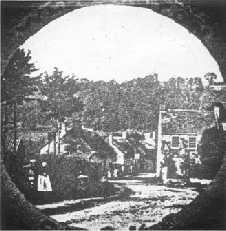





STOKE ST MARY AND DISTRICT HISTORY GROUP



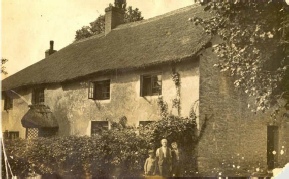
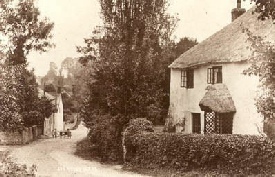
"The 'Priest's House", was a familiar part of the village until in 1963 when it was demolished as unsafe. It stood diagonally opposite the church, on a site acquired for the parish in 1452-
The first picture shows Len Salter outside Church House.

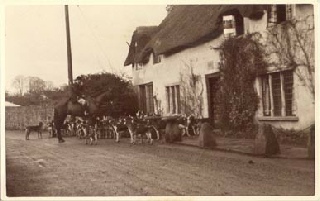
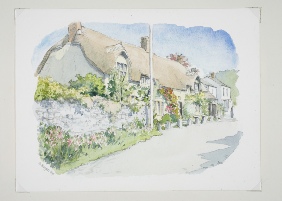
Furse Cottage, a fine thatched house, stands at the heart of the village and is probably Stoke St. Mary’s oldest domestic building: it rose in the sixteenth century and was evidently enlarged in 1658 by Thomas Furse, a lime-




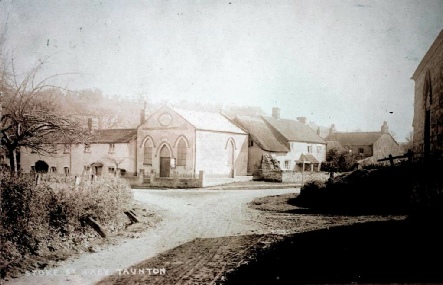
Left to Right
Portman Estate Cottages
The Chapel
The Old Cottage
The Orchard

Mr and Mrs William Hardwell
Gardener for Miss Woodforde
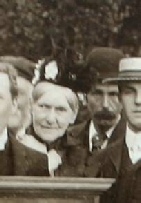
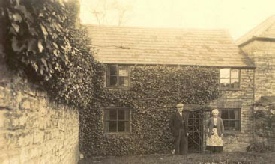
Vine Cottage -
St Mary's Church
The picture shows the Church as seen from the garden of Stoke House. The fire which destroyed the nave had taken place more than half a century before, and the rebuilt Church with its new south aisle appears just as it does today.
There are two rather superior-
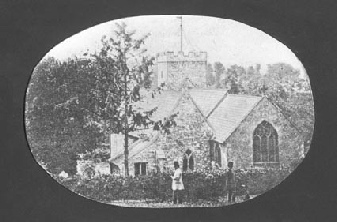
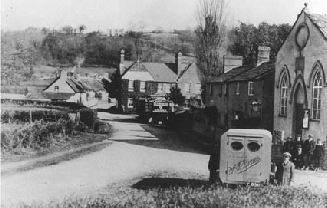
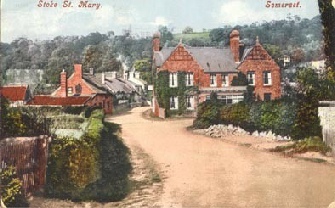
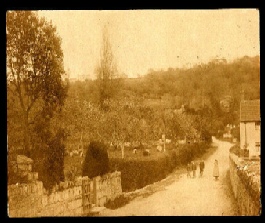
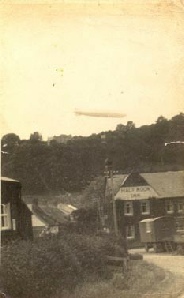
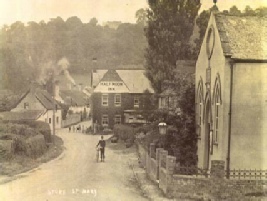
Photograph of Stoke St. Mary taken over one hundred years ago, which is perhaps the oldest remaining photographic record of the village in the 19th Century.
The photograph was taken at a point some yards beyond the Chapel, and shows the main street looking remarkably similar to the scene we know today. But in place of the red brick "Half Moon" is a tall and elegant 18th Century building with a high-
Between Dairy House Farm and Fyrse Cottage is another house set back from the road, which has long since given way to modem buildings. Fyrse Cottage itself has a sign hanging over its door, but I can make out no writing on it. Standing in the foreground by the farm gate which is still to be seen opposite the cottages next to the Chapel is a stooping old woman dressed in a white morning cap and apron, the standard uniform of the country wife during much of the 18th and 19th centuries. She seems to be looking rather discontentedly at the state of the road, which is rutted and thick with mud.
